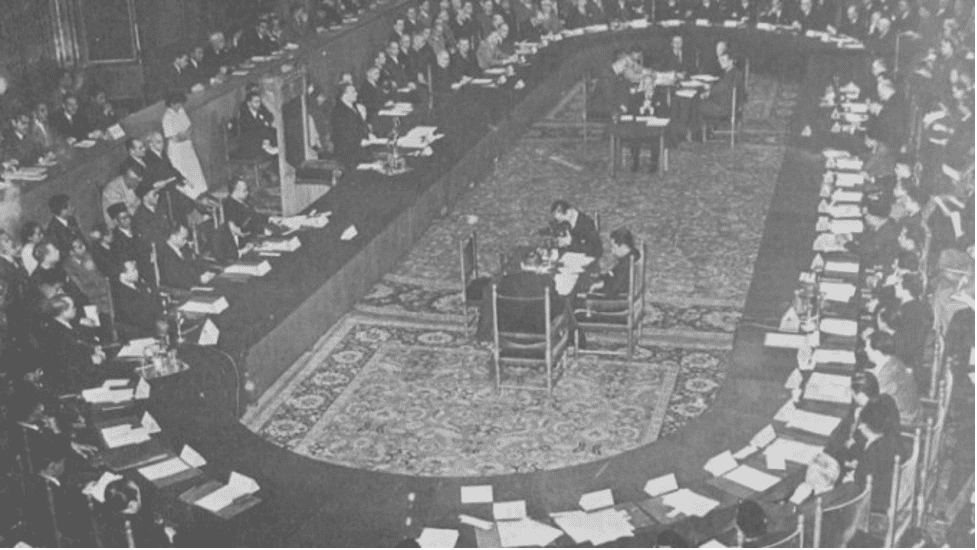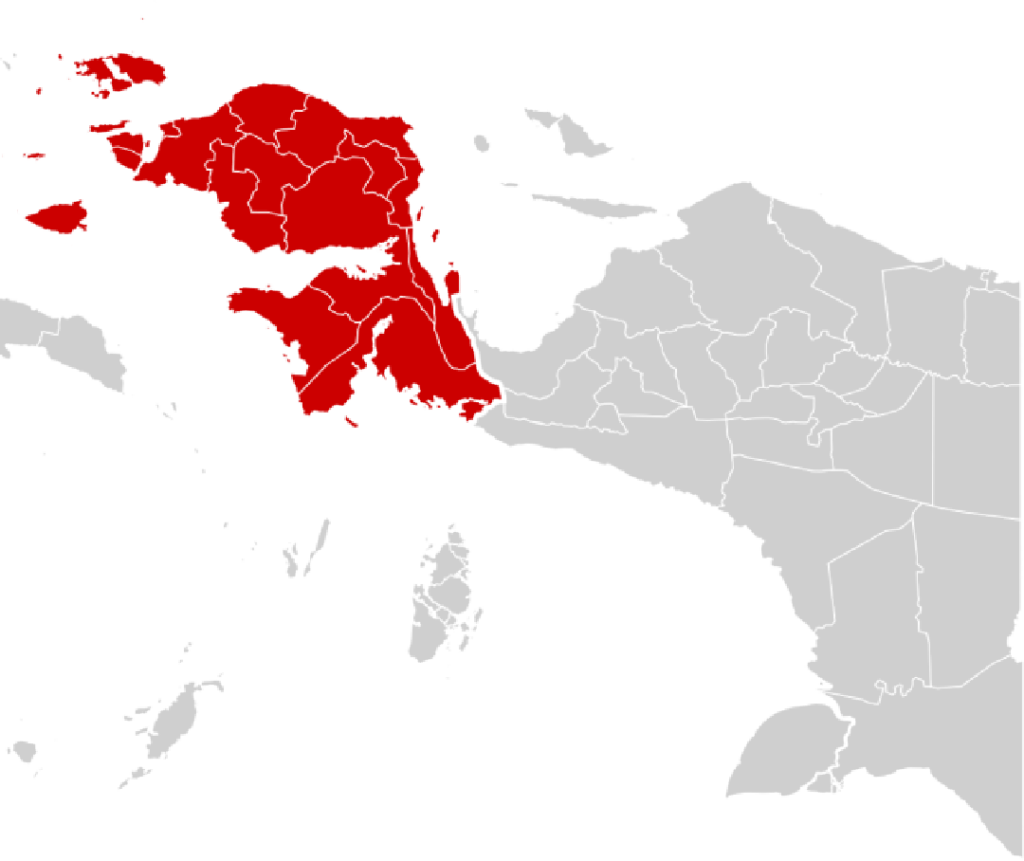With its rich natural resources, Papua became an object of authority conquer by many countries, such as British, Japan, German, and Dutch. However, after the declaration of the Republic of Indonesia in 1945, the most eastern part of the island is under Indonesian sovereignty. That, of course, stopped those countries in making Papua as their target of imperial ambition.
Before called West Papua, this province is previously known as West Irian Jaya. The changing name is based on Government Regulation Number 24 of 2007 dated April 18, 2007. As the province experiencing rapid progress, here’s a short history of West Papua for you.
Round Table Conference (RTC)/Konferensi Meja Bundar (KMB)

Papua has become a sensitive issue for Indonesia. Round Table Conference (RTC) held on December 27, 1949, resulted in the hand-over of sovereignty from the Netherlands to Indonesia. However, RTC left an unfinished issue related to the status of Papua or Irian Barat.
At that time, both Indonesia and Netherland assumed that Papua belonged to them. The Netherlands, which gave the name West Papua as Netherlands New Guinea, consider the island was not part of the territorial unity of Indonesia. Therefore, they didn’t consider having an obligation to return this province.
Both Indonesia and the Netherlands insisted that they had more rights. One of the reasons used by the Netherlands as they assumed West Papua was not part of Indonesia was because indigenous Papuans own different ethnicities to other people in other parts of Indonesia. With that, the Netherlands wished to own the island and made it a separate country under the auspices of the Netherlands’ Kingdom.
Unresolved Problem
The enmity between Indonesia and the Netherlands in the history of West Papua continued for up to a year. Negotiations were held, but none of those discussions generated any deal. In August 1954, the Indonesian-Dutch Union mandated by the RTC was finally disbanded because of the failure in creating a deal.
For 11 years, Indonesia tried to solve this matter even though the Netherlands didn’t seem to care about what Indonesia fought for. Eventually, this issue was brought to the United Nations’ forums in 1954, 1955, 1957, and 1960.
The UN General Assembly
In September 1961, the UN general assembly was held. At that time, Minister of Foreign Affairs of the Netherlands, Joseph Marie Antoine Hubert Luns, asked the UN to be the guardian up until a referendum was held. The UN rejected the request.
Papua Is Part of the Republic of Indonesia

Through Presidential Decree No. 1/1962, Indonesia’s first President Soekarno formed the Mandala Command on January 2, 1962. The Mandala Command was formed to seize Papua. Major General Soeharto, who then became Indonesia’s second president, appointed as the commander of this operation.
The plan successfully made the Netherlands felt depressed. Later on, on August 15, 1962, an agreement was made. The agreement, called the New York Agreement, stated that Netherlands was willing to hand over Papua to the United Nations Temporary Executive Authority (UNTEA).
The New York Agreement urged Indonesia to carry out Penentuan Pendapat Rakyat (Pepera) or Act of Free Choice by the native residents. Locals were given a chance to choose whether they were willing to be part of the Republic of Indonesia or not. Pointing to the UN as the supervisor, the implementation of Pepera was given a deadline until the end of 1969.
De Jure Indonesia
With the act of implementing Pepera, Netherlands gave Papua’s authority to UNTEA. The official Dutch flag was lowered on December 31, 1962. In showing de jure rule over Papua lands under the supervision of the UN, Indonesian’s official flag was raised.
In implementing the Act of Free Choice, Indonesia selected a council of 1,026 tribal leaders from a total of 800,000 of West Papuan. Those tribal leaders decided whether to join as the national sovereignty of Papua or opt for independence.
West Papua Today

Laid at the western tip of Papua Island, Papua owns Manokwari as its capital city. Based on Law Number 45 of 1999, the name West Irian changed into West Papua. Today, this province experience rapid growth in the economy, politics, tourism, health, infrastructure, and education.
Some highlights of their growth are Trans Papua Road’s mega project, offering a 4,330-km-length road for easier access, Sorong Port, boasting a bigger capacity of container terminals, and Palapa Ring, giving wider, easier, and faster internet access.
That is our brief travel to the history of West Papua. We now know that it takes a long struggle for Papua to finally be able to be part of the Republic of Indonesia. Having this province as part of our country surely adds richness to Indonesia’s diversity.


